


 |
 |
 |
|
|
Navigation LakesnWoods.com
© 2004-2025 DCMA, Defamation, Copyright and Trademark Infingement Policy
I Love Minnesnowta White
Ceramic Mug
Minnesota State Bird
|
|
|
|
|
|
|
|
|
|
|
|
|
|
|
|
|
|
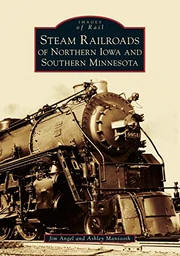 |
Steam Railroads of Northern Iowa and Southern Minnesota |
| Steam railroading became an integral part of the communities in northern Iowa and southern Minnesota in the late 1800s. The railroad provided hundreds of jobs and the ability to transport both goods and passengers across the Midwest. The Chicago & North Western Railway, the Chicago Great Western Railroad, the Minneapolis & St. Louis Railway, the Chicago, Rock Island, & Pacific Railroad, and the Chicago, Milwaukee, St. Paul & Pacific Railroad (called the Milwaukee Road by employees) served five principal gateways, which included Chicago, Illinois; Minneapolis-St. Paul, Minnesota; Omaha, Nebraska; and Kansas City and St. Louis, Missouri. Operating steam engines required tremendous manpower, and by the 1920s, some steam passenger trains were replaced by more efficient motor cars, fueled by oil-powered engines. Steam engines could no longer compete with the reduced operating costs, smaller crew requirements, and time savings provided by diesel, which ultimately led to the fall of steam in 1955. | |
| Buy This Book Now! |
|
|
|
|
|
|
|
|
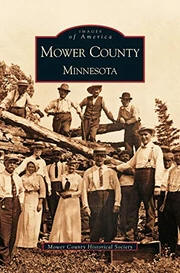 |
Mower County (Images of America) |
|
The history of Mower County, Minnesota, is the story of its people - their dreams, their hard work, their joys, and their disappointments. It is the story of the Native Americans who built mounds and lived in villages along the shores of the lakes. It is the story of the early pioneers who braved the hot, sticky summers and the sub-zero winters. It is the story of the merchants, who believed in the future of these small farming communities, and the entrepreneurs, who platted sites for new villages. These stories are told here with the help of over 200 vintage prints and photographs from each of the twenty townships that make up Mower County. In these townships, many communities have developed over the years. Some lived only a short time, dying out because they were bypassed by the railroads that crossed Southern Minnesota, or because the villages could not attract settlers. Those that survived grew, and to this day provide homes for descendants of the earliest pioneers, as well as newer residents, who were drawn by industry or the beauty of Southern Minnesota. |
|
| Buy This Book Now! |
|
|
|
|
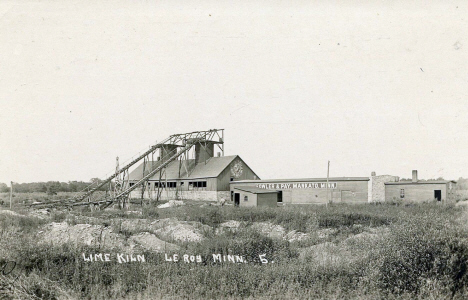 Lime Kiln, Le Roy Minnesota, 1917 LakesnWoods.com Postcard and Postcard Image Collection - click to enlarge |
|
|
|
|
|
|
|
|
|
|
|
|
|
|
|
|
|
|
|
|
|
|
|
|
|
|
|
|
|
|
|
|
|
|
|
|
|
|
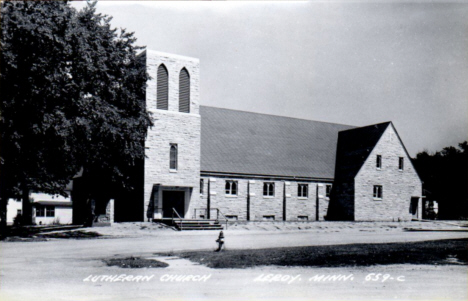 Lutheran Church, LeRoy Minnesota, 1960s LakesnWoods.com Postcard and Postcard Image Collection - click to enlarge |
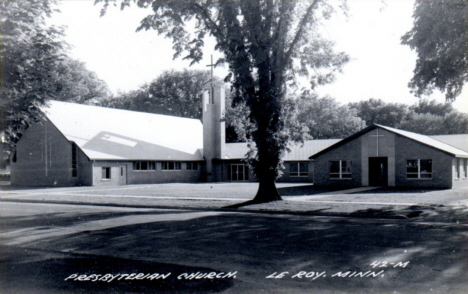 Presbyterian Church, LeRoy Minnesota Minnesota, 1960s LakesnWoods.com Postcard and Postcard Image Collection - click to enlarge |
|
|
|
|
|
|
|
|
|
|
|
|
|
|
|
|
|
|
|
|
|
|
|
|
|
|
|
|
|
|
|
|
|
|
|
|
|
|
|||||
|
|
© 2004-2025 LakesnWoods LLC All Rights Reserved |
|
|||
|
| |||||